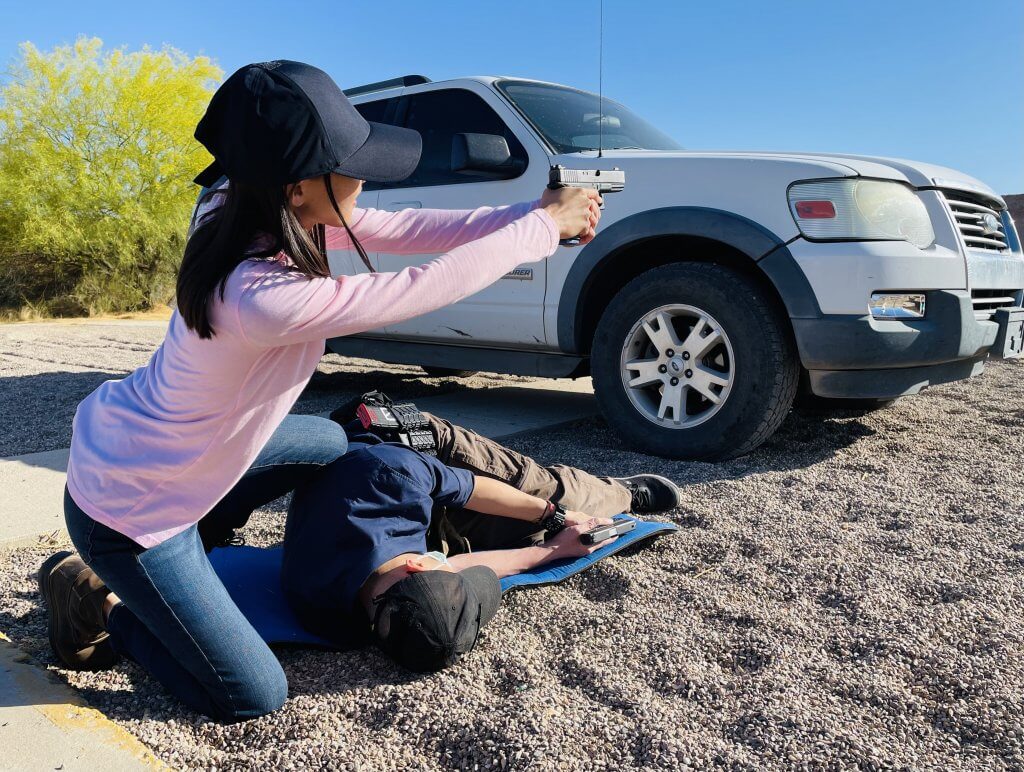Zastava M59 / 66 underfolding blade bayonet
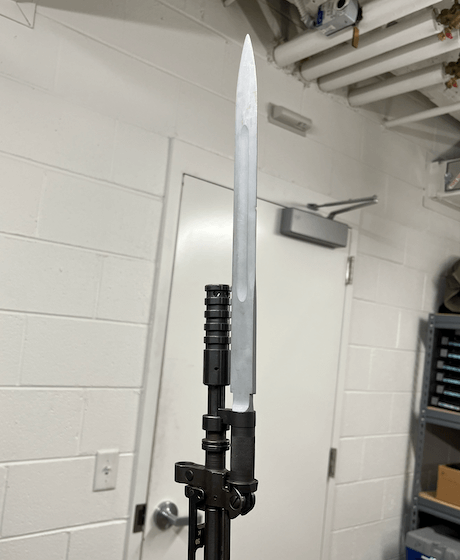
The “papovka” (from PAP, poluautomatska puska, Serbian for “semi-automatic rifle”) is a Yugoslavian produced version of the Soviet SKS carbine.
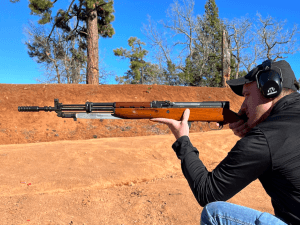
If you encounter one of these bayonets, it’ll probably be attached to an unmistakably Yugo Zastava M59 / 66, so you will have little difficulty identifying it. However, it’s possible you could come across the bayonet alone (perhaps removed by the importer so the rifle could be shipped to a “kinder, gentler” state, leaving the bayonet to be sold separately).
Warsaw Pact variants of the SKS generally had bayonets patterned after the original Soviet underfolding blade. The Zastava bayonet had to have different geometry, because the grenade launching “spigot” on the muzzle of the PAP is so long.
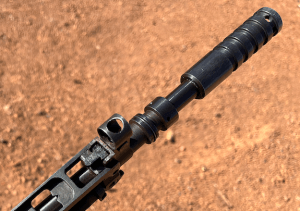
The main differences between the Zastava bayonet and the Soviet SKS bayonets are:
- From the back of the fuller to the point of the blade, the two are fairly similar, but the Yugo bayonet has a much longer ricasso behind the fuller. That ricasso (the rectangular, bladeless extension behind the fuller) increases the length of the bayonet (over that of the original SKS) by about 50%, but the plunging depth, or effective part of the blade–the part that one soldier can stick into another–is about the same, because the grenade launcher attachment would probably prevent the PAP bayonet from sinking in further.
- The front of the papovka’s spring-loaded hilt affixes to the underside of the barrel with a hook; on a Soviet SKS and Chinese Type 56 carbines, the bayonets have a muzzle ring that slips around the front of the barrel.
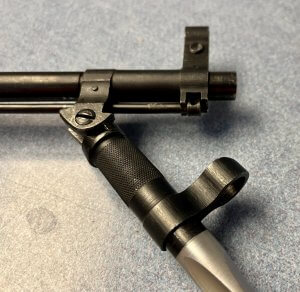
Incidentally, by way of comparison, the Chinese Type 56 version of the SKS initially had an under-folding blade bayonet like the original Soviet SKS, but eventually the Chinese adopted an under-folding, cruciform spike bayonet, copied from the earlier Russian M1944 Mosin Nagant side-folding bayonets. Most “civilian” SKS imports from mainland China to free American states have the spike bayonet.

The Chinese Type 56 SKS bayonet retains the Mosin’s dual-purpose chisel tip.
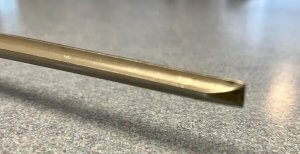
Where the papovkas saw action
Although the M70 (Yugo version of the Kalashnikov) was the primary arm used by all sides during the dissolution and immolation of Tito’s former Yugoslavia from 1991 to 2001, the Zastava M59 / 66 also saw service in that series of bitterly ethnic conflicts.
Before that, papovkas were provided to PLAN, the People’s Liberation Army of Namibia, and saw service in the South African border wars from 1966 to 1990.
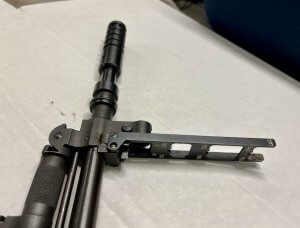
I don’t know how many South Africans were bayonetted by PLAN guerrillas, but PLAN often launched M60 rifle grenades at the SADF (South African Defense Force).
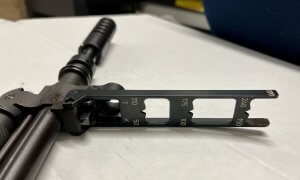
Communists in Angola, Zambia, and Namibia (the South Africans called the latter South West Africa) were assisted by Soviet commanders and thousands of Cuban troops in their battles with the SADF. They were armed, and armed their clients, primarily with Kalashnikov pattern rifles, but Simonov variants such as the PAP were also used.
During the Angolan Civil War, 1975 – 2002, the communist MPLA (People’s Movement for the Liberation of Angola) was armed by the Soviet Union and its client states (such as Yugoslavia). MPLA Angolans used the Zastava M59 / 66 to kill UNITA (National Movement for the Total Independence of Angola) Angolans. UNITA armed primarily with equipment captured from the MPLA, so we can assume that the UNITA Angolans also killed MPLA Angolans with the papovka.
Appendix:
Firing the Papovka
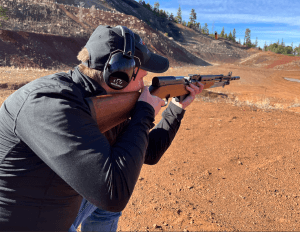
The Simonov (SKS) series carbines are generally fun to shoot, even if their reloads are more complex than swapping magazines.
They come with a fixed 10 round magazine, which can be loaded individually through the top. Just be careful about bumping the charging handle, lest ye get a ComBloc version of the “M1 thumb” I (and many like me) suffered as a basic trainee. Feeding from stripper clips eliminates this problem.
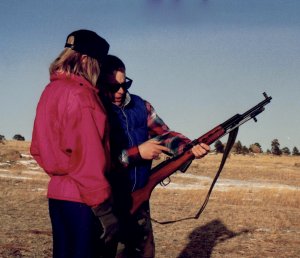
To unload your papovka (or any SKS series carbine), first pull back on the tab behind the magazine. Be prepared to catch the cartridges as they spill out. Then, and only then, pull back on the charging handle to clear the chamber. If you reverse that order, you’ll chamber another round.
It is possible to remove the fixed magazine and use extended detachable mags. These are easily recognized by the long extension on the front of the mag. These tend to be less reliable, and are a pain to swap out. Me, personally, I would stick with the fixed mag (you may be required to in certain jurisdictions). If you want a 30 round banana mag, go with a Kalashnikov instead.
The grenade launcher and the longer, heavier bayonet on the front end of the PAP may be more difficult to lug through the brush, but they really make the M59 / 66 pleasant to fire. The front-end weight keeps the muzzle from climbing.
There are a few things going on with that front end that you ought to know about, if you own a Zastava PAP.
First and probably most important is understanding the gas system.
To get maximum range pushing a rifle grenade off of the spigot, the gas system has a selector for venting all the gas out the front end, instead of diverting a little to cycle the action. The selector is a round, Frisbee shaped metal knob on the top of the gas system. It moves in an L-shaped slot. One branch of the L is on top of the gas system, running parallel to the barrel. The other end of the L-shaped slot follows the curve of the gas system off to the right side of the carbine (to about 2 o’clock, if 12 is on top). For day to day use, the gas adjustment knob should be off to the right, as in this photo.

If you move the knob left, into the center slot, all the propellant gasses will push the bullet out of the barrel, and none will be siphoned off to work the action. The empty cartridge case will remain in the chamber.
It will feel different, too–more like firing a revolver than a semi-auto. The perceived recoil (such little as one gets from 7.62x39mm) comes all at once and seems to last a little longer.
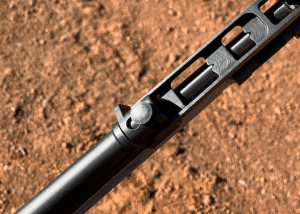
So if shooting it feels funny and the action isn’t working–your cases are failing to extract or eject–first check the position of the gas system adjustment knob.
While we’re talking about that end of your papovka, there’s one other unique feature that makes the M59 / 66 the Cadillac of SKS carbines: right behind the hooded front sight is a circular, light painted dot that should be easier to see in lower light than the narrow front sight post. For day-to-day precision, you can leave it down (flipped toward the rear) but if it’s getting darker out you can flip it forward and up.
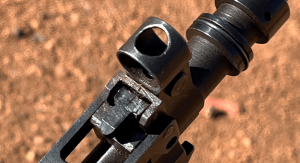
The Zastava M59 / 66 in these indoor photos is a LE seizure, kept in the CPD armory as an exemplar for training. The PAP in the outdoor photos belongs to a friend. Sadly, I have not yet fired it at night to evaluate the effectiveness of the flip up dot.
